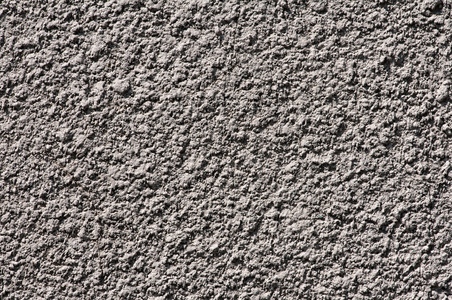When selecting, the specific use of concrete, construction environment, cost budget, and environmental requirements should be considered. It is necessary to evaluate the defoaming speed, durability, compatibility with concrete materials, and whether the defoamer meets relevant industry standards.

Usually, defoamers are added directly to the concrete mixer truck in a certain proportion (such as 0.01% -0.1% of the weight of concrete), or pre mixed at the mixing plant. When using, it is necessary to ensure uniform dispersion and avoid local excess. Different types of concrete (such as ordinary concrete, high-performance concrete, self compacting concrete, etc.) have different requirements for defoamers. It is necessary to verify the compatibility of defoamers with specific concrete materials through experiments to avoid affecting the performance of concrete.
For different construction environments such as high temperature, low temperature, and humidity, it is necessary to adjust the type and dosage of defoamers to ensure their effectiveness and stability. Meanwhile, pay attention to the control of parameters such as mixing speed and time during the construction process.
Common problems include poor defoaming effect and decreased concrete performance. The solution includes adjusting the dosage of defoamers, replacing with more suitable types of defoamers, optimizing the concrete mix ratio, etc.
By regularly testing the performance of concrete, adjusting the use of defoamers in a timely manner, and continuously optimizing the defoaming effect based on engineering practice, the best balance between concrete performance and economic benefits can be achieved.

 English
English
 Chinese
Chinese Vietnamese
Vietnamese
 HOME
HOME
 PRODUCT
PRODUCT
 NEWS
NEWS
 CONTACT
CONTACT


